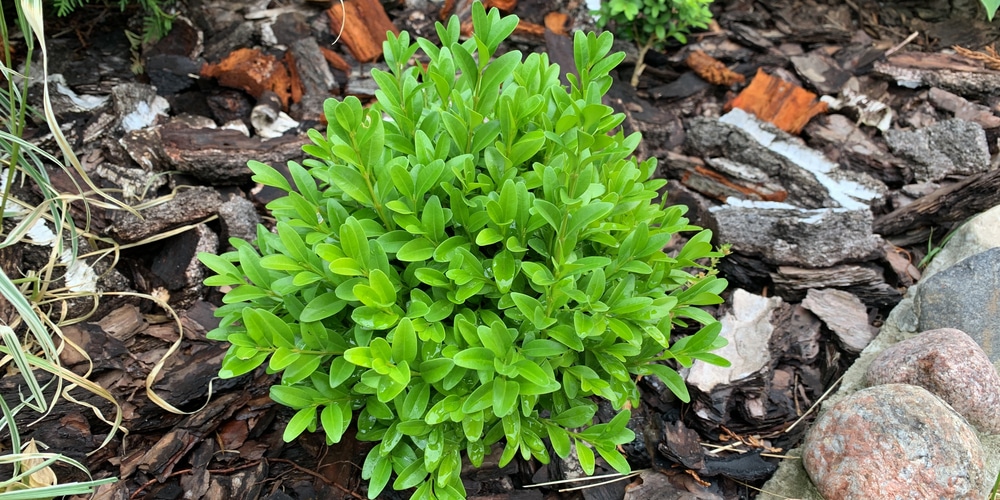Privets make excellent privacy screens as they tend to grow vigorously and have thick foliage. However, there may be a time when your privet hedge grows sparse and leggy, which defeats its aesthetic and privacy purpose.How to make privet hedge thicker and encourage growth?
How to make privet hedge thicker

Here are 5 tips to make a hedge grow fast.
Prune and Trim to Get the Thickness You Want
Pruning, trimming, and cutting back a privet hedge at the right time and at the right spots will make it denser and encourage thicker growth.
Plants, shrubs, and trees, in general, become bushier when they’re pruned. The act of cutting away the tops of the plants, or the terminal buds tells the plant to direct its energy on the lower stems and branches. Shoots will form on the sectional nodes and your plant will take on a wider growth habit than focusing on getting taller.
If you’re wondering, how do I fix my leggy privet hedge? The answer can be as simple as lopping off the top. However, you should be mindful of when to cut back your privet to get the best results.
Hard pruning should be done anywhere during the plant’s growing season, or from May through August. Clean-ups of dead branches and leaves can be done in late winter to promote a neat appearance and so the privet can get filled in by new growth.
The good news is that privets bounce right back after a hard prune of four to six inches, and these plants seem to get stronger and more vigorous than ever. You won’t have to worry about weakening it as well.
In the spring or early summer, pruning the tops off of your privet hedge will do two things- one, your hedge won’t grow straight up and become leggy, and two, you’ll make it thicker in the end.
Make the Bottom a Bit Wider
To thicken an existing hedge, it’s recommended that you trim it into a ‘wedge’, or a shape that’s slightly wider at the bottom.
When you do this, sunlight can still reach the leaves at the bottom and make them grow out instead of up. Alongside top cutting, this one-two punch directs your privet to branch out rather than to grow up, thus preventing legginess and gaps. You can follow any shape, including a rectangle, box, or curved as long as you follow the ‘bottom is wider’ rule.
Feed Your Privet Hedge
While it’s a known fact that privet, a.k.a. Ligustrum is a no-fuss hedge, it’s still a plant and thus needs a good fertilizer feeding now and then. This is especially important if you’re aiming for a thicker and healthy-looking hedge that works as a privacy screen.
The best fertilizer for a privet shrub is an organic compound, usually aged compost, or a nitrogen-heavy solution. Compost can be incorporated into the soil when planting privets, while an NPK mix of 15-5-10 fertilizer can be broadcasted around the shrub in spring or fall.
Make sure to follow fertilizing instructions on the label to prevent nitrogen burn and your privet’s leaves turning yellow or brown. Also, water after feeding so the nutrients will go down and get absorbed by the roots.
Fill in the Spaces with New Privet
It’s generally a good idea to fill in the space between privets with new plantings, especially if you’re waiting for your existing shrubs to branch out.
Plant the new privets the same way you did the old ones. Dig a trench that’s two feet deep and wide and bring the soil to the branching trunk. Water it in well and wait for signs of growth. The best time to do this is around spring to late summer.
Water Your Hedge Well
Don’t forget that hedges need their water too, or else they start losing leaves and thin out. Young privet shrubs need weekly watering to stay lush and vibrant, while mature specimens tend to have a degree of drought tolerance.
A good rule of thumb to follow when watering privets is to check the surface of the soil for dryness and water deeply. It’s worth noting that privets and other natural hedges need more frequent watering during the summer season and when the weather is unusually hot.
